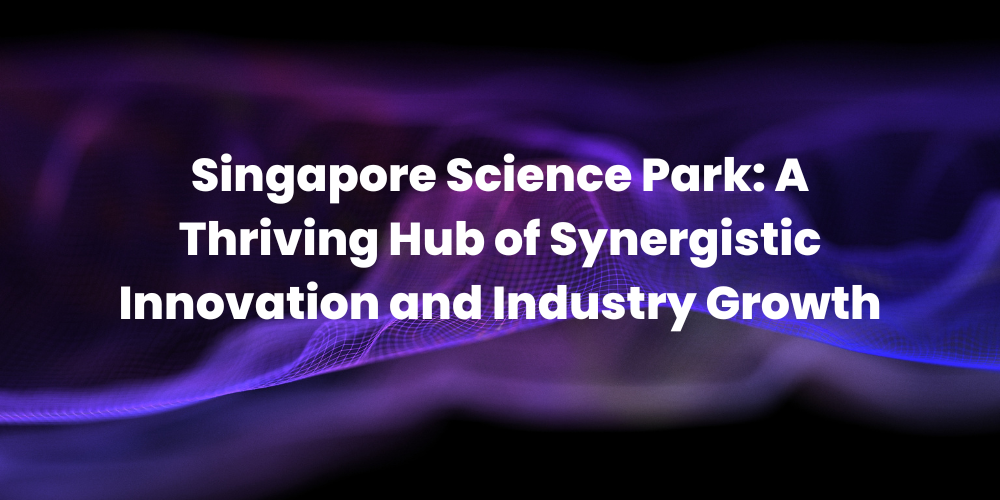Singapore’s Science Park has emerged as a dynamic ecosystem promoting innovation, cooperation and growth for businesses in a series of industries. With a strong emphasis on the nutrition of its strategic location and co-operative partnership, the park has deployed itself as a prominent player in the technical and scientific development of the region.
A Vibrant Ecosystem
Singapore Science Park stands as a will to focus the country’s focus on creating a rich ecosystem where companies, researchers and entrepreneurs can cooperate and innovate. The park is home to more than 300 companies in various fields including biotechnology, healthcare, electronics, IT and Fintech. This rich diversity has promoted a culture of cross-industry innovation, where businesses can engage in meaningful partnerships that run successes in areas.
Collaboration and Co-Innovation
Singapore Science Park has the ability to bring industry leaders, startups and research institutes together at the center of success. Through various cooperation places, business insights, exchange ideas and co-construction solutions are capable of sharing the most challenges today. The open innovation of the park encourages the framework coordination, allowing companies to tap each other in each other’s expertise and resources.
In particular, the proximity to academic and research institutes such as the National University of Singapore (NUS) enhances the partial capacity of the park. Researchers and industry players can turn academic research into real -world applications. It promotes a unique environment where the science meets the industry, resulting in state-of-the-art innovation.
Sustainability and Innovation
A major region of focus for many businesses within the Singapore Science Park is stability. As environmental concerns continue to grow globally, companies in the park are innovating in green technologies and solutions. Whether it is through the development of clean energy technologies or smart systems that reduce environmental footprints, Science Park is contributing to the widespread stability targets of Singapore.
For example, the design of the park incorporates eco-friendly features such as green space and energy-efficient infrastructure, aligning with a vision of becoming a durable city of Singapore. This not only supports environmental purposes, but also enhances the quality of life for those working in the park.
Supporting Startups and SMEs
Singapore Science Park is also committed to supporting the development of startups and small and medium-sized enterprises (SMEs). Through access to incubator programs, mentorship, and funding, the park offers startups with devices that they need to score their operations. Bridge+ co-functional location is a prime example, which offers flexible office solutions and opportunities for networking between technical entrepreneurs and innovators.
In addition, the ecosystems of SME Park benefits by taking advantage of expertise and infrastructure that provide to large, established companies. This collaborative atmosphere is important in helping small businesses to flourish and innovate in a competitive market.
Global Connectivity
Located strategically near Singapore’s major commercial districts and research hubs, Science Park enjoys excellent connectivity for both local and international markets. This allows businesses to easily reach talent, investors and customers around the world. The park is also well connected to the global network, which facilitates the participation and cooperation spread beyond the borders of Singapore.
Conclusion
Singapore Science Park is more than just one commercial district – it is a prosperous ecosystem that is champion innovation, stability and cooperation. By bringing industries, research institutes and startups together, the park is progressing that shapes the future of technology and business. For companies leading to the forefront of innovation, Singapore Science Park provides an ideal environment to develop, cooperate and succeed in today’s fast -growing world.
For more detailed information, you can visit the original article on Channel News Asia here.




